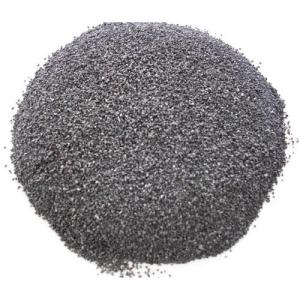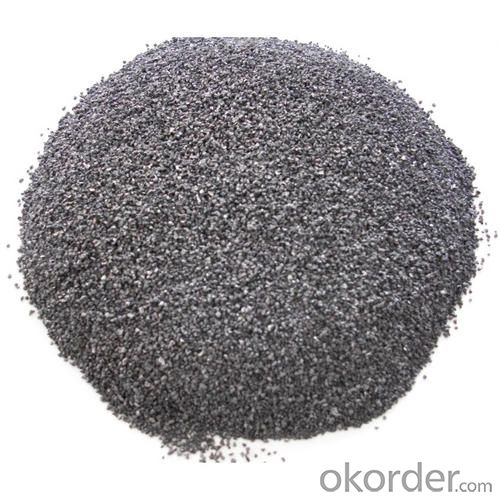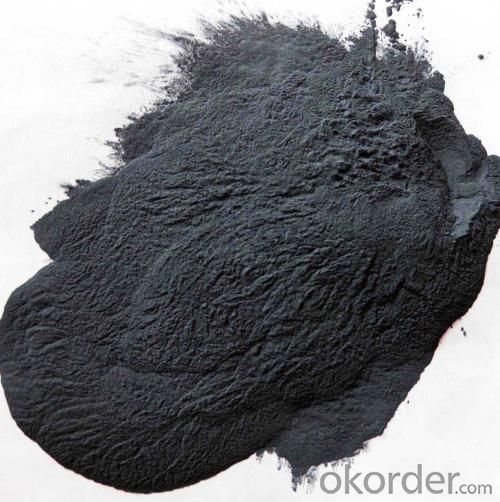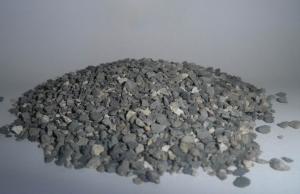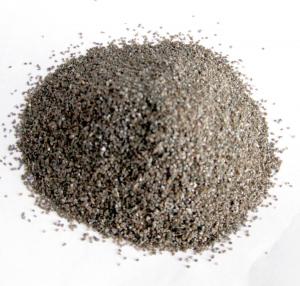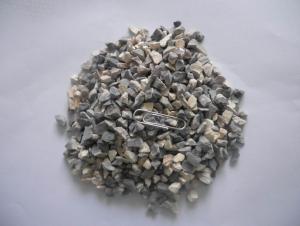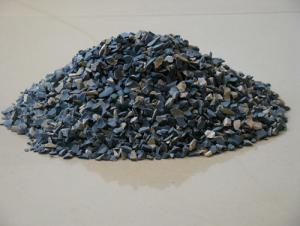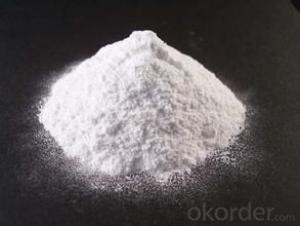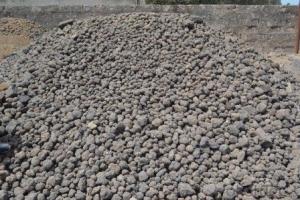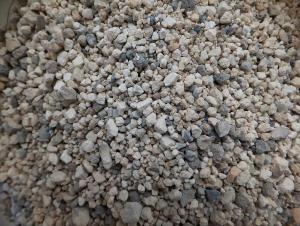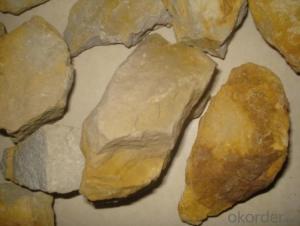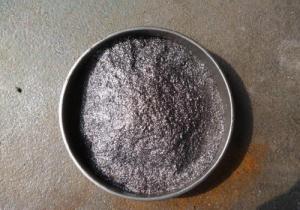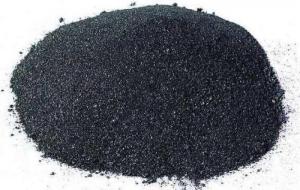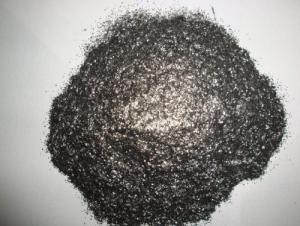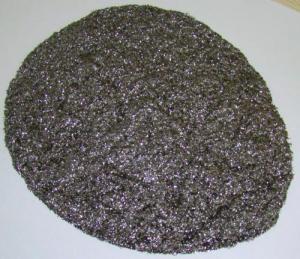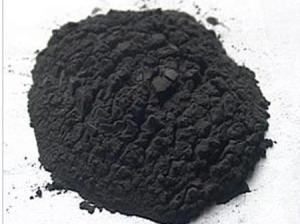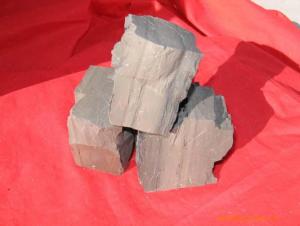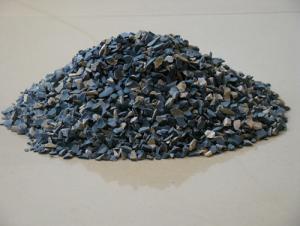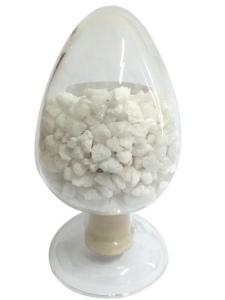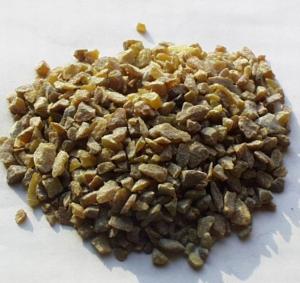Raw Materials for Refractory:Natural Crystal Flake Graphite FC 93 with Discount Price
- Loading Port:
- Qingdao
- Payment Terms:
- TT or LC or DP
- Min Order Qty:
- 20 m.t.
- Supply Capability:
- 1000 m.t./month
OKorder Service Pledge
OKorder Financial Service
You Might Also Like
Quick Details
· Place of Origin: Shandong, China
· Shape:powder
· Material: graphite
· FC Content (%): 93%min
· V.M Content (%): 1.5%max
· ASH Content(%): 5.5%max
· Moisture:1%max
· Model Number:Customer's Requirement
· Brand Name:CMAX
· Application:Metallurgy or Refractory
· Product name:Natural Flake Graphite
· Color:Black
· Size:-100MESH/200MESH/-325mesh or Smaller
· Certificate:ISO9001
· Usage:Refractory
· Type:Refractory raw materials
· shape:powder
· Packaging Details:Bags/In bulk/As costomer's requirement'
Quality assurance:
1.On a regular basis or as per your request,we entrust national testing agencies to conduct quality inspections
2. Strictly in accordance with the ISO9001-2008 international quality system standard,we monitor and manage the whole process throughout production,quality testing,and measurement to ensure product quality
FAQ:
Q: What kind of payments does your support?
A: T/T, L/C, Cash are accepted.
Q: Do you charge for the samples?
A: Accordeing to our company policy, the samples are free, we only charge the freight fee. And we will return the freight fee during the next order.
Q: Can you produce according to customers' design?
A: Sure, we are professional manufacturer.
Q: Do you have pictures?
A: Yes, please check the pictures:
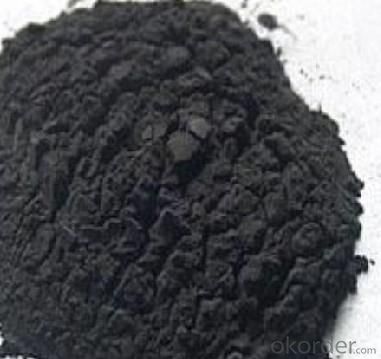
- Q: what's the seal of fireproofing material?
- Folded organic putty takes organic material as bond,it has certain flexibility or plasticity while using, and it's products are thick liquid or cement shaped object. Folded WXY-II is powered?solid that takes inorganic materials as main components, it has certain workability while used with admixture. Folded fire retardant bag is the packaged object made by fireproofing material, and it's suitable for fireproofing seal of larger openings or fire separation of cable?bridge(fire retardant bag also refers to fireproof bag) Folded fire retardant module is the solid made by fireproofing material with certain shape and size, and it is easy for cutting and drilling, suitable for fireproofing seal of opening and cable?bridge. Folded seal board is made by fireproofing material, it's easy for cutting and drilling, suitable for fireproofing seal of large opening. Folded foam seal is a kind of fireproofing material that can automatically expand and foam and sealed by opening after injecting the foam into opening. Folded sealing strip is a product or flexibility coiled material mede by fireproofing material with certain geometry shape. Folded sealing gum is a kind of liquid fireproofing material that has a function of fireproofing and sealing. Folded fire retardant bag is soft and windable tape-shaped product made by fireproofing material, it is winded on the external surface of plastic pipe and fixed with steel belt or other proper methods, it's the expansion, squeezing and softening pipe after contacting with fire, opening left by burning or soften of seal plastic pipe. Folded fire retardant ring is the product made by fireproofing material and metal shell, it's covered on the external surface of the plastic pipe, expanding and sealing after contacing with open fire, the opening left by burning and soften of plastic pipe when it passes through the opening of wall and floor.
- Q: Who knows how many fire heat preservation material are there?
- Fire proof board is a fire refractory building material for surface decoration, widely used in interior decoration, furniture, kitchen cabinets, laboratories mesa, walls and other fields. Fire board is base paper (titanium powder paper, kraft paper) processed by melamine and phenolic resin, high temperature and high pressure. 1 mineral wool board, glass wool board: mineral wool, glass wool insulation. It does not burn itself, have good performance such as high temperature resistance, light quality. Such plate have evolved into plate with inorganic adhesive material as base material, mineral wool, glass wool as reinforcing material plate. 2 cement board: High strength, wide source. In the past, it is used to make fire prevention ceiling and partition wall, but its fire resistance is poor. Cement concrete component has good heat insulation and sound insulation performance. It can be used as the partition wall and the roof panel.
- Q: What does fire-resistant insulation coating have?
- Refractory thermal insulation material mainly refers to the inorganic thermal insulation material and composite thermal insulation material. According to the shape, it can be divided into: Finishing of fibrous shape, mineral?cotton, rock wool, glass wool, aluminum?silicate?wool, ceramic fiber, etc. Diatomaceous earth of microporous pile, calcium silicate, expanded perlite,expanded vermiculite,aerated concrete, etc. Foam glass of bubble shape, volcanic ash glass, foamed clay, foamed?concrete, gelatine powder polyphenyl granule heat insulating slurry of pasty form, etc. Their common feature is fire-retardant and firproof. It can be used in buildings with high requirements of fire?rating. Calcium silicate, aluminum silicate and asbestos can also be used for piping insulation of heat transport with high temperature.
- Q: What are the electrical fire protection materials?
- Electrical fire protection materials are the following: 1, fire proof board It is the most commonly used materials in the market, which has the advantages of fire prevention, moisture, abrasion, oil, easiness to clean, and more varieties of colors. Installed in the building exit corridors, stairs and corridors, such as fire ceiling ceiling, it can ensure that people can be evacuated safely, and to protect people from the spread of the fire. 2, fire proof door, fire proof door is divided into wooden fire door, steel fire door and stainless steel fire door. Fire proof doors are usually used for the opening of the firewall, the entrance of the staircase, the evacuation of the aisle, the openings and other parts of the pipeline, the fire prevention, playing an important role in reducing the loss of fire. 3, fire shutter It can be set in the location where it is not convient to install a fire proof wall, fire shutter generally has functions such as good fire resistance, heat insulation, smoke, compression, anti aging, wear and corrosion. 4, fireproof and mothproof wood fire wood moth is made by putting ordinary wood into the solution containing calcium and aluminum, and then into the solution containing phosphate and silicate. In this way, two ion will be undergong chemical reaction in the wood, forming materials similar to the ceramic, and filling the gap of cells and tissues, so that allowing it to have fireproof and mothproof performance.
- Q: What's the texture of refractory for the hearth of reverberatory?furnace? ?
- The long-term usage temperature of ceramic fiber is between 950-1260 degrees.
- Q: what is the requirements of roofing insulation materials fire rating?
- The fireproofing requirements of architectural design are regulated by architectural design fire?safety?rules, roofing insulation material only has the requirements of materials combustion performance, namely non-combustible material. No fire rating requirements.
- Q: What's the material of electrical fire prevention board?
- Electrical fire prevention board uses the material of inorganic binders, which mainly includes water glass, gypsum, phosphate, and cement; refractory mineral fillers: alumina, asbestos powder, calcium carbonate, perlite, cornstarch and etc.; electrical fire prevention board is mainly aimed at fire protection and thermal insulation. Iron plate is electrically conductive with good thermal conductivity, which will cause the result that the equipment is not insulated and suffers larger superheating surface. Hope my answer is helpful for you.
- Q: How is refractory material made?
- It is made from carbon materials.
- Q: Who can tell me the properties and classification of insulating refractories?
- It is the chemical method. The chemical reaction in the brick making process to produce gas and method for obtaining a porous brick. Usually use chemical reactions such as carbonate and acid, metal powder with acid, caustic and aluminum. Chemical reactions can be used must be relatively slow and can control or mechanical disturbance will disappear bubble in an injection mold. If the reaction is too fast, adding inhibitors such as hydrogen peroxide and manganese dioxide. The fine powder material slurry mixed with reactant bubbles to obtain stable foam slurry injection model, after drying the firing. This method of making pure oxide insulating refractory products, its porosity can reach 55% ~ 75%.
Send your message to us
Raw Materials for Refractory:Natural Crystal Flake Graphite FC 93 with Discount Price
- Loading Port:
- Qingdao
- Payment Terms:
- TT or LC or DP
- Min Order Qty:
- 20 m.t.
- Supply Capability:
- 1000 m.t./month
OKorder Service Pledge
OKorder Financial Service
Similar products
Hot products
Hot Searches
Related keywords
